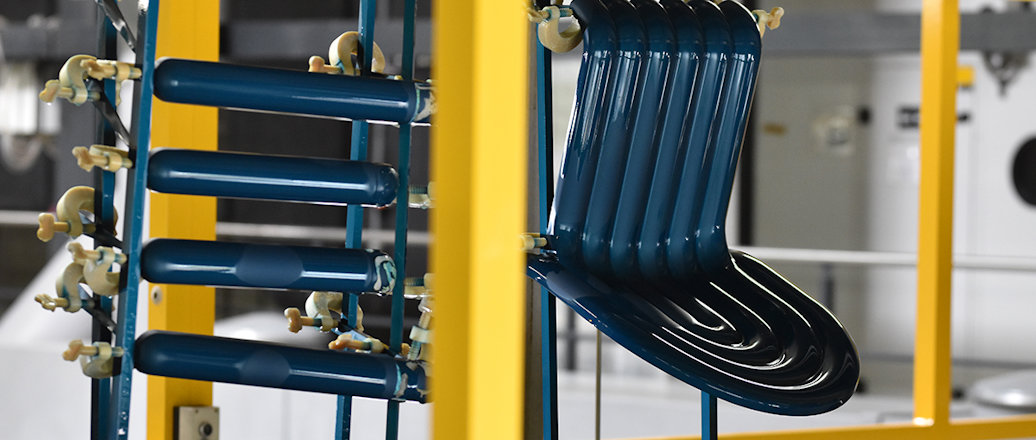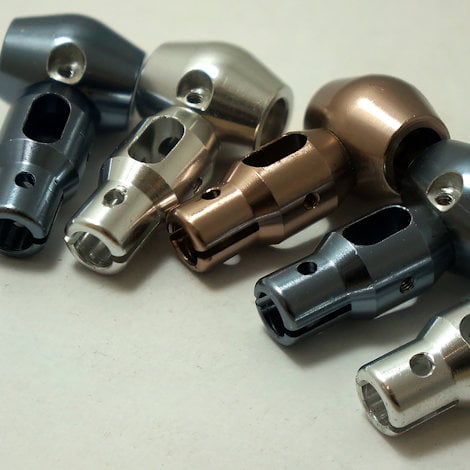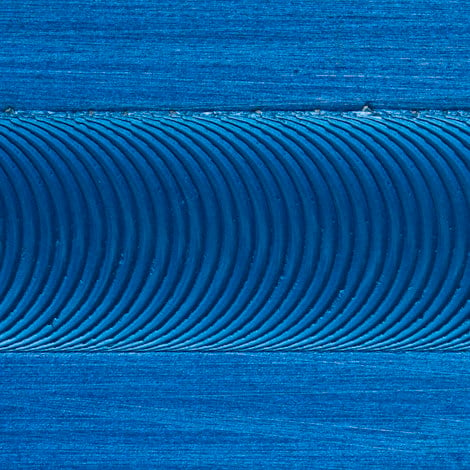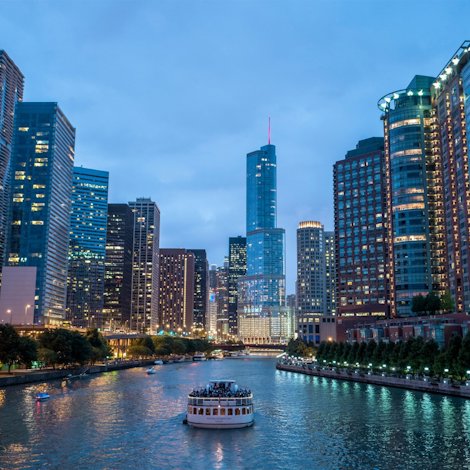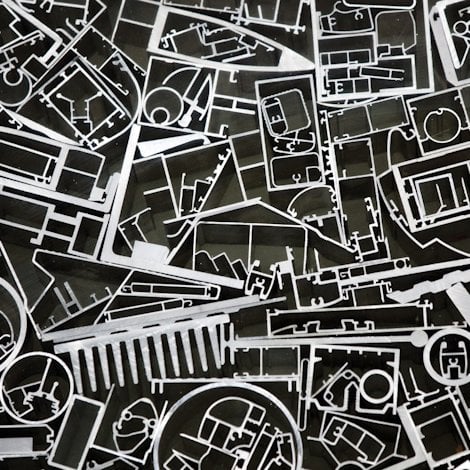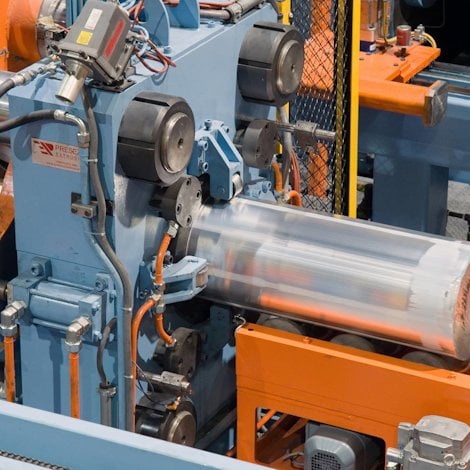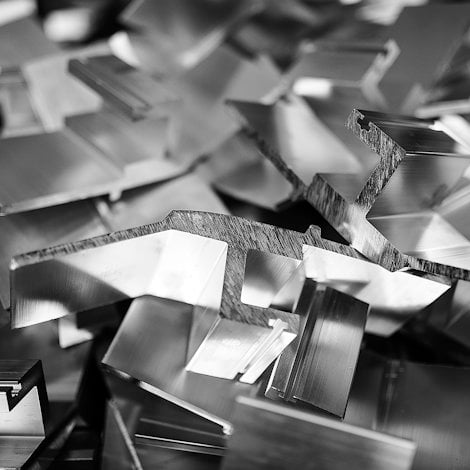How the quality of the aluminium alloy impacts anodizing quality
Aluminium alloys have a big impact on surface treatment. While with spray painting or powder coating, alloys are not a big issue, with anodizing, the alloy has a big impact on the appearance. Here is what you need to know about your alloy before anodizing.
Even small changes within the aluminium alloy might have a substantial impact on the appearance. As an example, let’s look at building façades.
If you have a “dirty” alloy – one with unwanted elements, for example – the entire façade will be a little more gray. This might not be a big issue. But if the alloy changes from batch to batch, you will see the difference across the façade – and that is a big issue. For that reason, alloys should have their elements defined in a certain range.
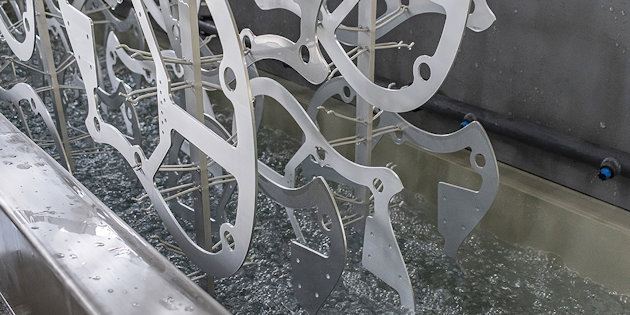
Ensuring homogeneous color is a challenge, especially for decorative applications. The definitions can’t be too narrow. Usually, you have two grades, anodizing quality to normal quality. Anodizing quality has a higher standard (meaning narrower ranges of certain alloying elements) to ensure a stable composition of the same alloy. The thing is, getting that uniform quality, it’s not that easy. I’m well aware that this is a complex issue for every aluminium processor.
There is no question that the increasing use of post-consumer scrap in new alloys can be challenging. But it is absolutely clear that scrap is much more energy efficient, so finding ways to address homogeneous quality in alloys is key. As an anodizer, we can see immediately the quality of the alloy, and how it is going to affect the quality of our process and the process of our clients.

